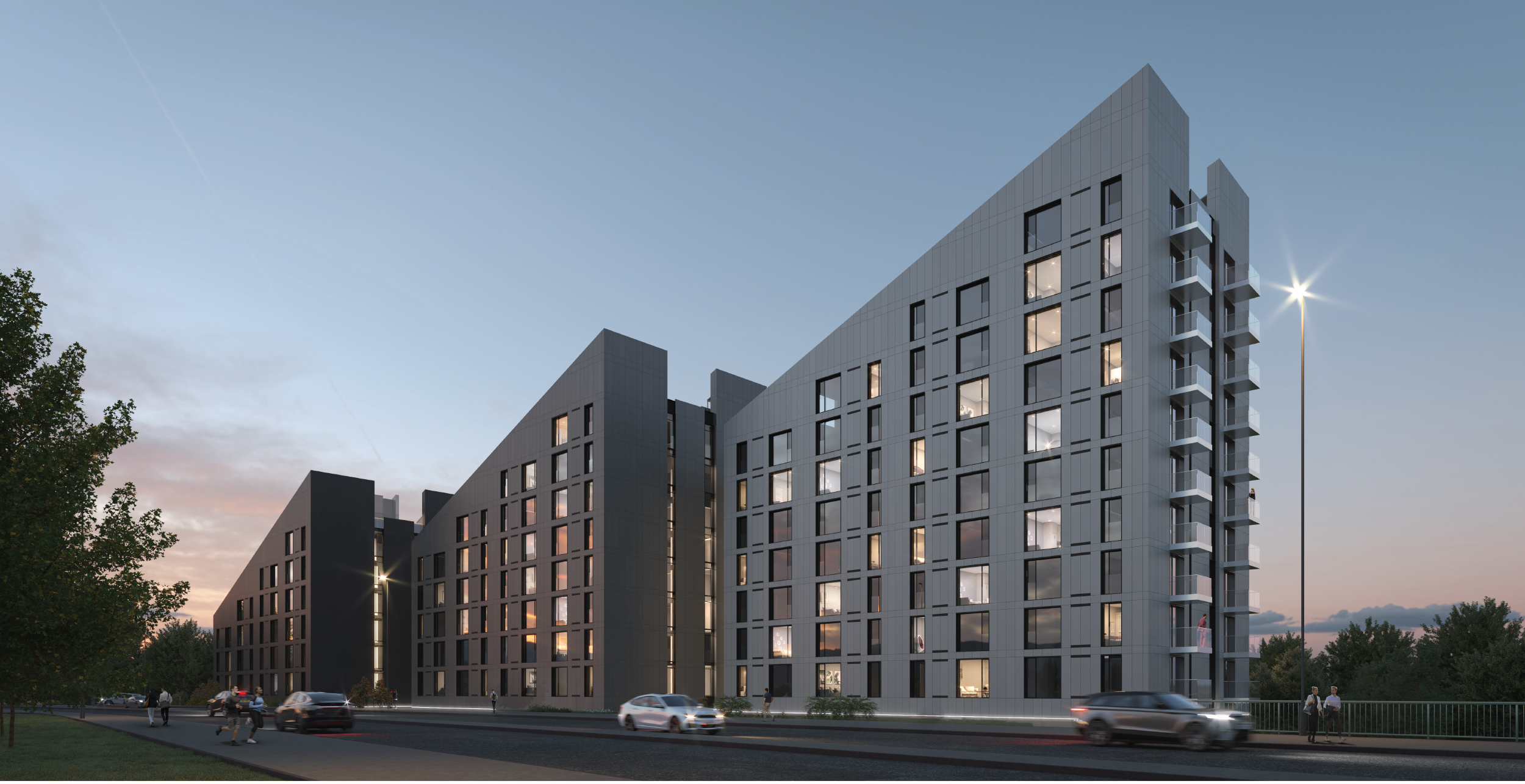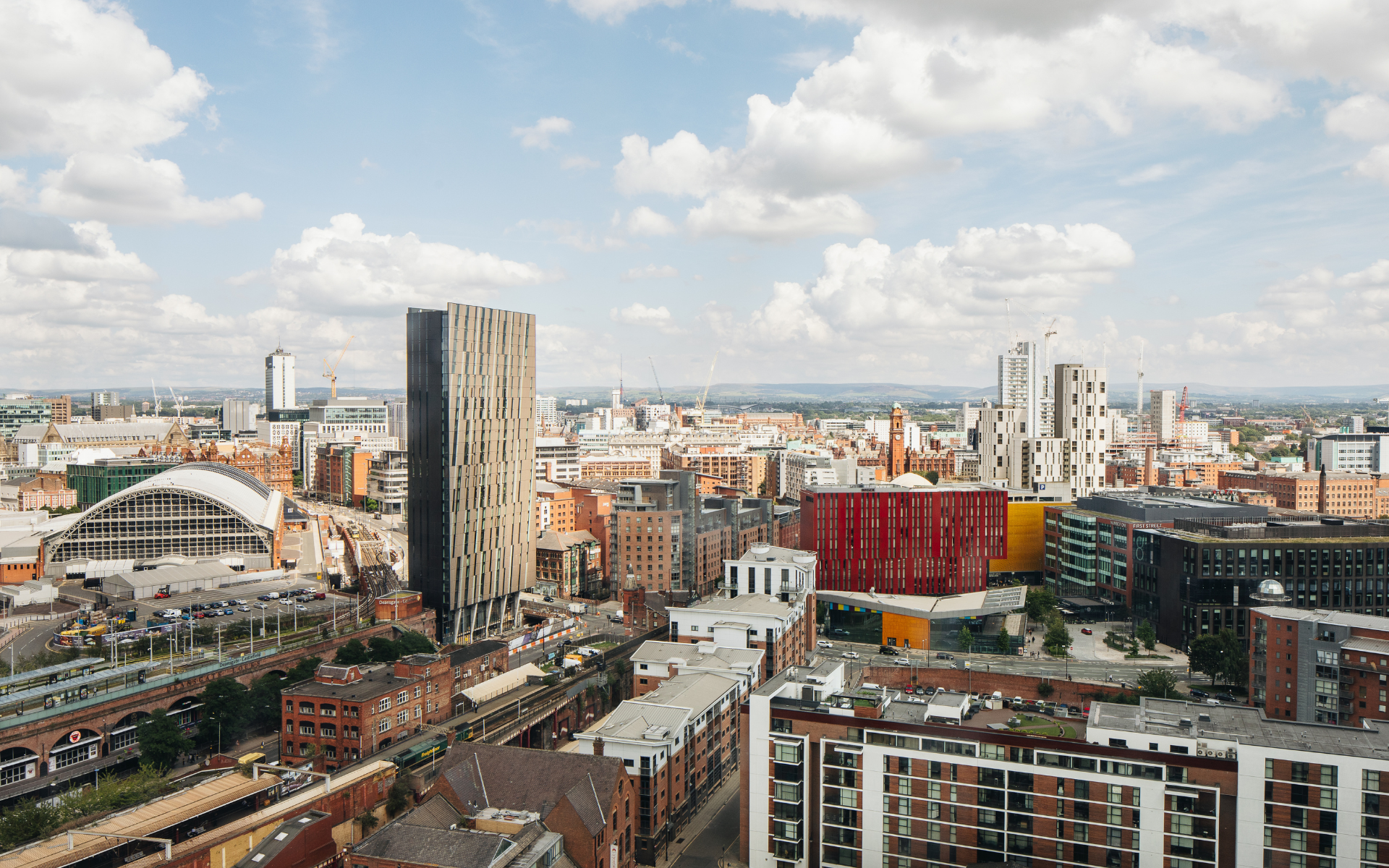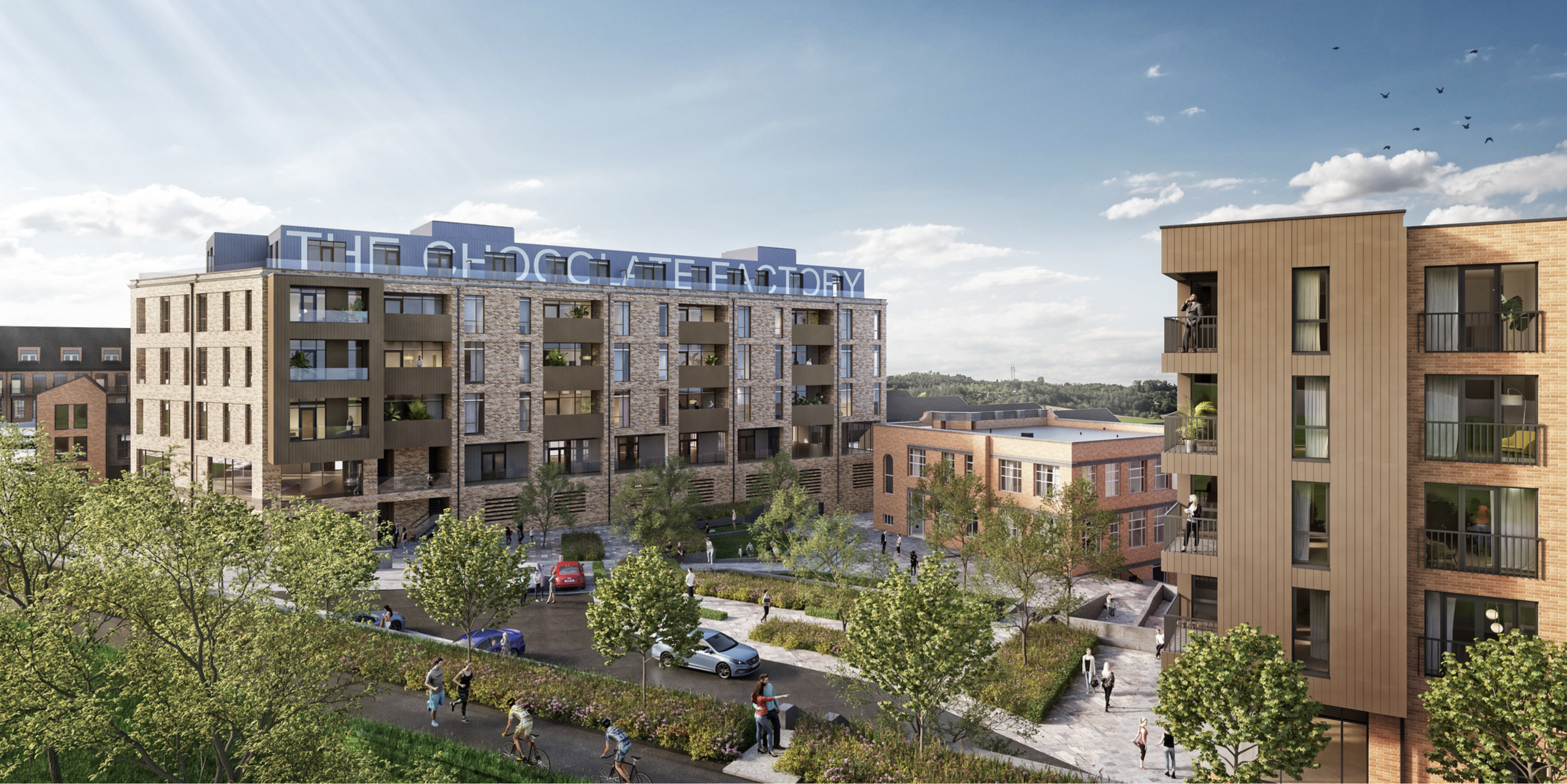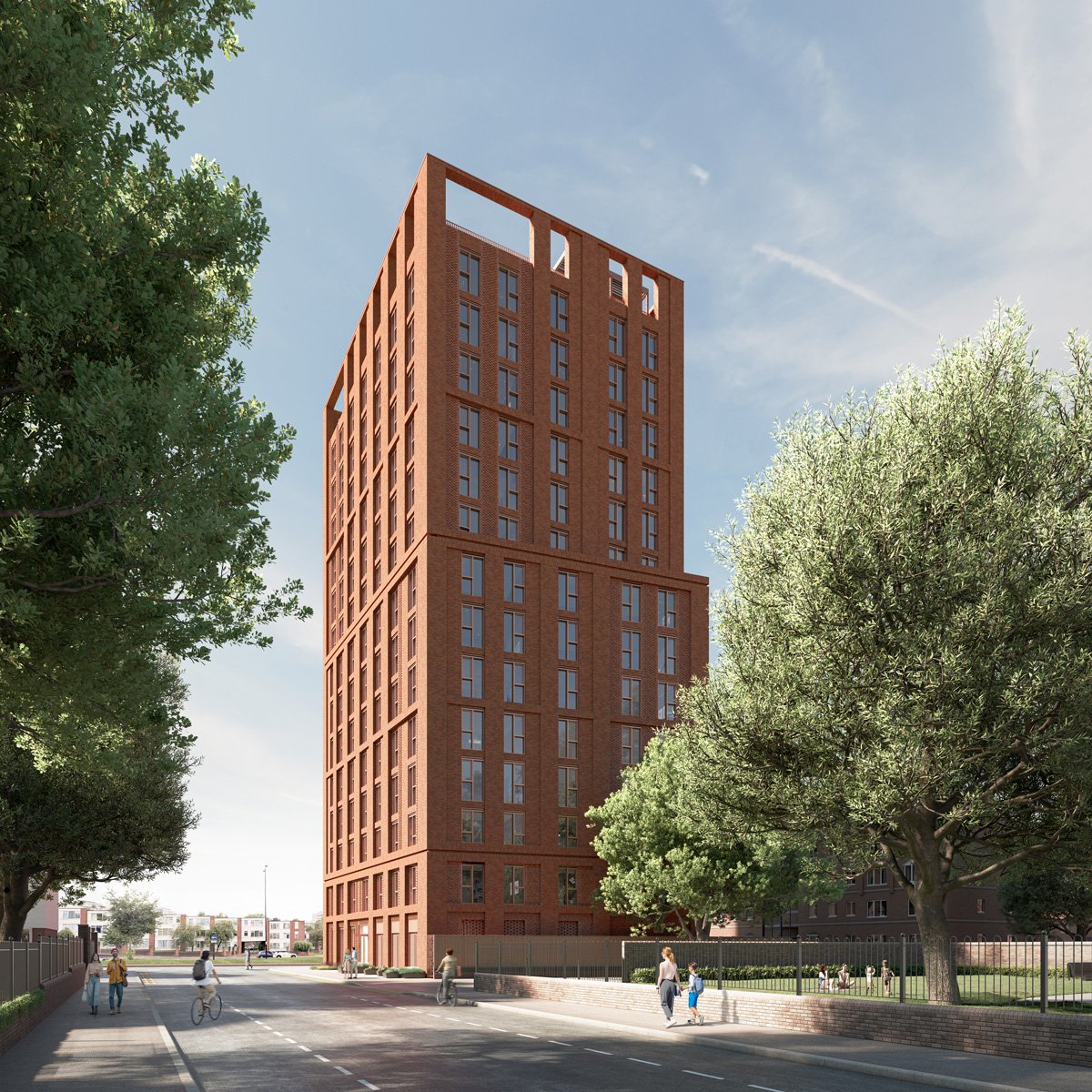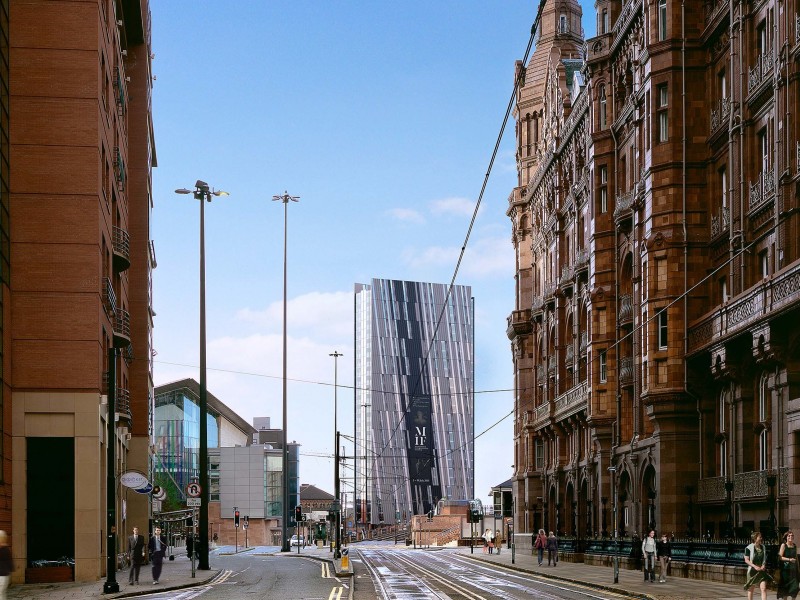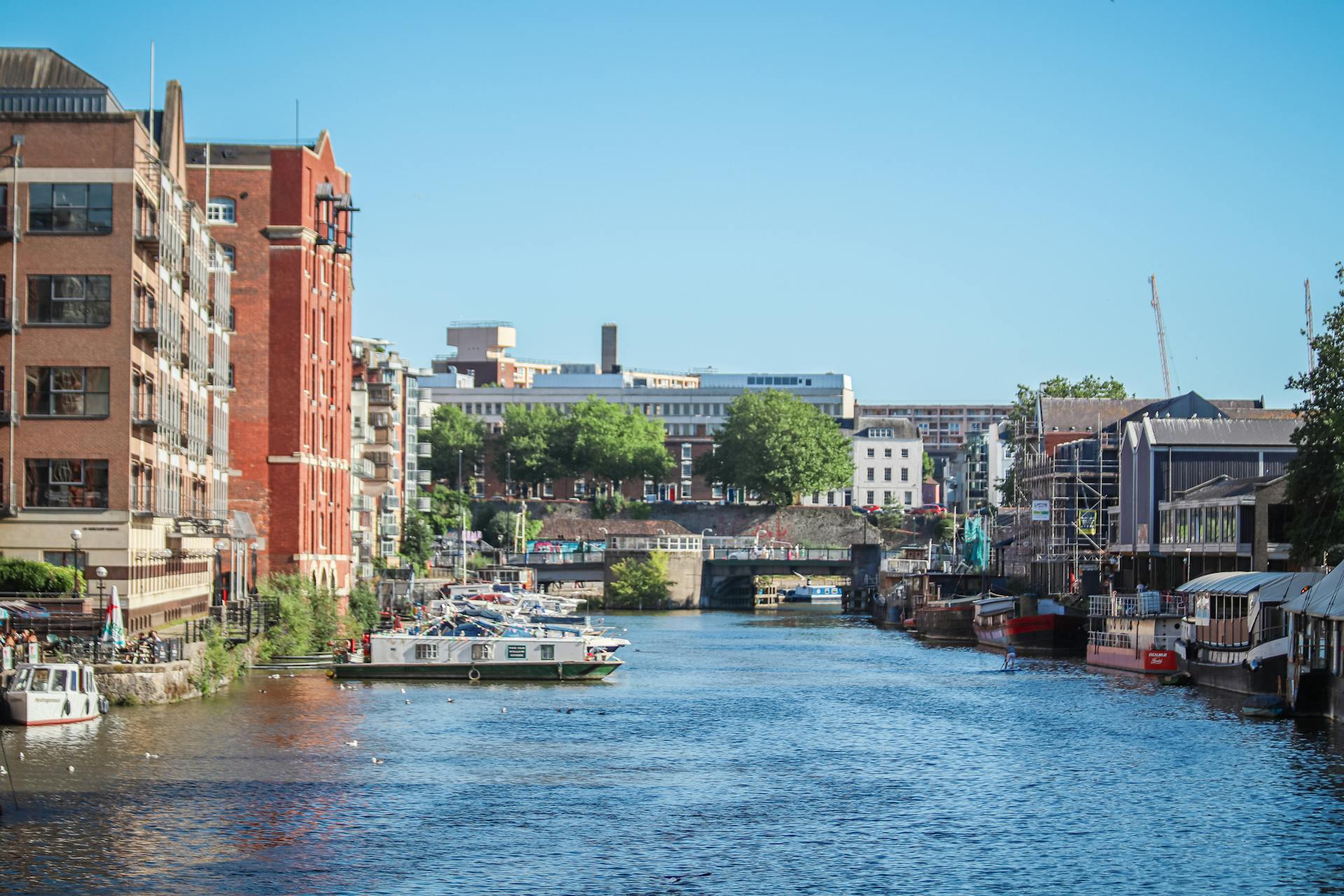Manchester is booming, but needs more property development across all…
Seemingly immune to the destabilising influence of Brexit negotiations, property demand from businesses and residents in Manchester has grown steadily and looks set to continue, but commercial and residential property supply must diversify and bring forward more property across all use classes if it is to meet growing demand and maintain competitiveness, according to research launched by international real estate advisor, Savills today.
The firm’s ‘Spotlight on Manchester: where are the gaps?’ report suggests that residential development is disproportionately focused at the more expensive end of the market, and therefore out of reach for aspiring first time buyers, with average new build values currently sitting at £375 p/sqft, with examples of £500 p/sqft threshold being broken in prime locations. This means that developers are competing for a smaller pool of occupiers and could see increased opportunities in the mainstream market, where there is more scope for take up.
Rob Haslam, planning director at Savills Manchester, says: “If Manchester wants to meet its growth aspirations, it needs a broader range of developments to appeal to its varied demographic. There are 7,000 new homes in the pipeline for Manchester over the next two years, but Greater Manchester’s housing need is 11,254 per year with a little over a quarter of that concentrated in the city centre.”
The report also highlights that changes to planning policy could mean that developers may be able to build purpose-built student accommodation (PBSA) schemes in select zones across the city, helping it to maintain its high graduate retention rate, which is higher than most other regional cities, currently standing at 51 per cent, which will in turn boost the city’s attractiveness to employers.
According to the report, the number of people in Manchester aged over 65 is set to grow twice as fast as the total population over the next ten years, hitting 61,000 by 2027. With an increasing trend towards the older generation moving back to cities to be closer to amenities, building suitable accommodation will free up family homes in the suburbs.
Adam Mirley, development director at Savills Manchester, adds: “Housing delivery has grown in the city recently but it’s still not enough, with a shortfall of more than 1,000 homes in 2016-17. Much of the residential pipeline comprises city centre flats, but future supply needs to be more varied in line with the city’s wide ranging population. This, coupled with a growing economy means that Manchester needs to continue to accelerate development to help support its fiscal evolution. Whilst higher price points may present a challenge in some cases, we see that the biggest opportunity moving forward is for mid-market residential developments.”
In terms of the office market, 71 per cent of recent demand has been for space at less than £25 per sq ft, yet only 59 per cent of the available space in Manchester and Salford is at that price point.
James Evans, head of Savills Manchester, says: “Demand for Grade A office stock is so high that it’s spilling into secondary stock and pushing up rents there. This is expected to drive future demand for serviced offices and light touch refurbishments in the short term. Longer term, we expect to see the core office market expand into areas previously seen as fringe such as Oxford Road, Irwell Corridor and the Ancoats area.”
The ever changing ‘need for speed’ by consumers means that in Manchester’s industrial sector, demand for instant gratification by way of shorter delivery times – down to an hour from click to your door in many cases –will see distributors and retailers get more creative in their hunt for small scale distribution locations, taking space in office basements and off-pitch retail units.
Continue Reading
